For those who plan to plant spring peanuts, please pay attention!
The price and yield of 2017 peanuts are good compared with other crops. Finally, although there is a weather episode, the overall peanut area in 2018 is still relatively stable. During this time, many friends consulted Fuda Peanut High yield Lecture Hall Xia teacher about the planting of spring peanuts. The temperature often fluctuates in spring, which reminds farmers to pay attention to the weather and avoid low temperature weather before planting. The growth period of spring peanut is relatively long, which is no better than that of summer peanut after wheat harvest. Spring peanut has little difference in a few days earlier and later, so it will be sown after a certain temperature is stable.
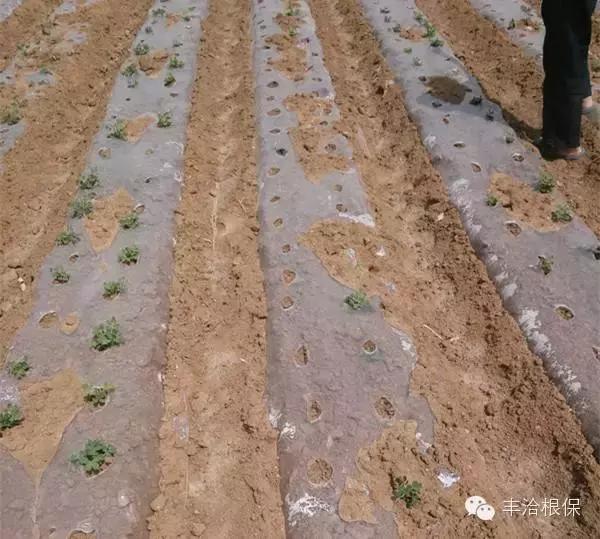
After sowing spring peanuts, rotten seeds often occur before seedlings, and the serious rate of rotten seeds is up to 20-30%, resulting in varying degrees of lack of seedlings and broken ridges. Some are due to poor seed quality, improper storage and long storage period; some low-lying terrain, high soil water content, high soil viscosity, long seed emergence time and reduced bud potential; insufficient soil preparation, too large bumps, affecting seed water absorption and weak seedlings; no selected seeds, uneven size, uneven sowing or uneven sowing, resulting in uneven emergence or lack of ridges. The low temperature lasts for a long time, resulting in slow germination and rotten seeds; continuous cropping without stubble for many years, serious diseases occur in the seedling stage, resulting in lack of seedlings, broken ridges and application of insufficiently mature organic fertilizer or fertilizer concentration is too high, resulting in fertilizer damage, affecting seedling emergence, so the above problems must be paid enough attention.
According to the above situation, the teacher of Fuda Peanut Network expert team listed several key points that should be paid attention to in sowing spring peanuts:
First, sowing time
To judge the sowing time of peanut, the sowing time of peanut is determined by the soil temperature of 10 cm. Generally, the ground temperature of 10 cm is stable through 12 ℃, and it is best to sow when the soil temperature of 10 cm is above 15 ℃.
The suitable sowing time in the spring and autumn double cropping peanut area in the south is from February to the middle of March, the suitable sowing time in the spring and summer peanut intercropping area in the Yangtze River basin is from March to late April, and the suitable sowing time in the large peanut area and peanut producing area in the north is from late April to early May. The temperature of peanut germination: the pearl bean type and multi-grain type can germinate above 12 ℃, while the common type and dragon type can germinate above 15 ℃, and the sowing time is a little later.
The suitable sowing time of spring peanut can improve the utilization rate of land and light energy, make the plant grow short and strong, dense internodes, many branches, good root growth, more dry matter accumulation, more flowering and fruiting, high full fruit rate, and easy to meet the requirements of high yield and high quality. Early sowing, due to low temperature, seeds can not germinate normally, slow emergence, increase the chance of soil diseases and pests, low emergence rate, poor seedling growth, and affect the differentiation and development of flower buds; but if sowing too late, the southern producing areas are in a high temperature and rainy environment. Peanuts are easy to grow and lodge and bear few pods. Peanuts in central and northern China, especially common peanuts, often encounter autumn drought and low temperature during podding and ripening, which affect pod development and nutrient accumulation, resulting in low satiety rate, kernel yield and oil content, resulting in lower yield and quality.
II. Variety selection
In the aspect of variety selection, excellent variety types and varieties should be selected reasonably according to market needs, cultivation methods, sowing date and other factors. In many areas, peanuts remain seeds year after year, and their habits are seriously degraded, so it is still necessary to replace the seeds properly. Seed selection should be in accordance with local conditions, mainly local varieties, cross-regional varieties can be appropriate trial, and then introduced.
Improved varieties are the internal cause of increasing yield, and the selection of improved varieties is the basis of increasing yield. When selecting seeds, you should choose large and full seeds as seeds. It is suitable to have strong resistance, suitable for close planting, high and stable yield.
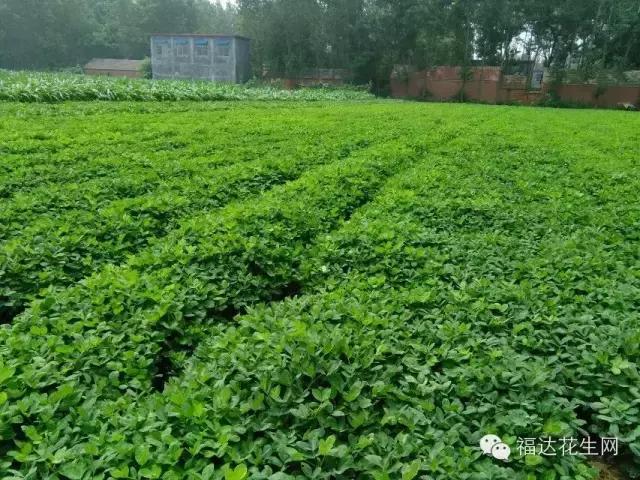
3. Seed treatment
Full exposure of pods before sowing can break seed dormancy, improve physiological activities, increase water absorption capacity, enhance bud potential and improve germination rate.
Generally drying the fruit for 2 or 3 days before sowing, peeling off the shell after drying, and selecting seeds with large, full, uniform size and bright seed coat as seeds, not mixed sowing, so as not to form symbiosis of large and small seedlings, large seedlings bully small seedlings, resulting in reduced yield. According to the experiment, the yield of sowing primary kernels was more than 20% higher than that of sowing mixed kernels, and that of sowing secondary kernels was more than 10% higher than that of mixed kernels.
Do the germination test before sowing. Be sure to use seeds with strong germination potential and high germination rate to facilitate fast and neat emergence of seedlings.
Seed coating has become an important means to protect seeds all over the world. at present, after nearly a decade of promotion in peanut in China, it has become a mature technology. it has become the most labor-saving and simple way to control peanut underground pests and seedling diseases. Seed dressing with Fengqian (600g imidacloprid suspension seed coating agent per liter) and fungicide + water 250ml or Nongqia three-in-one + water 250ml before sowing can effectively control soil-borne diseases (root rot, stem rot, etc.) and underground pests and dry sowing. Fourth, seed mixed with seed fertilizer
The latest foreign technology of "Fengqia" seed mixing fertilizer is a magic weapon to increase peanut production, which can be mixed with regular seed dressing agent. various nutrient elements directly enter the seed 30 minutes after seed dressing, eliminate the difference of seeds, and have a very high performance-to-price ratio. the effects on peanuts are as follows:
Comprehensively replenish the phosphorus and other elements needed by the seed. 30 minutes after seed dressing with BSN technology, nutrition enters the inner part of the seed, eliminates the seed difference, and gives rise to strong seedlings.
Adequate nutrition to improve the ability of seeds to resist low temperature, high humidity and other bad weather
Balanced nutrition, eliminate yellowing symptoms such as element deficiency, regulate seedling growth, seedling growth is not prosperous, but the root system is very developed, laying the foundation for the middle and later stage.
The seedling is strong, the main root is deeply rooted, the fibrous root is well developed, the disease resistance is enhanced, and the ability to absorb water and fertilizer is strong.
The first pair and the second pair of lateral branches of peanut develop healthily, stimulate flower bud differentiation and blossom for a long time.
The plant is not strong and long, the fruit branches and needles are increased, the leaves are not fallen, and the fruit is too big to be full.
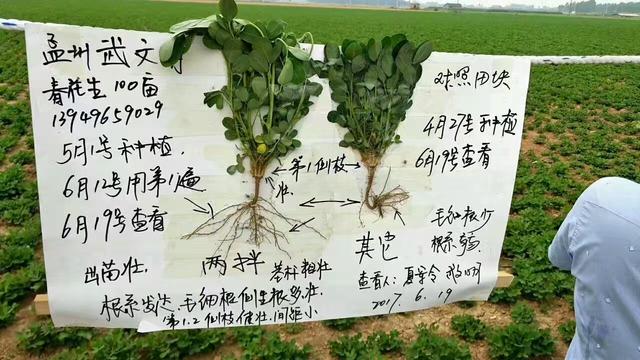
- Prev
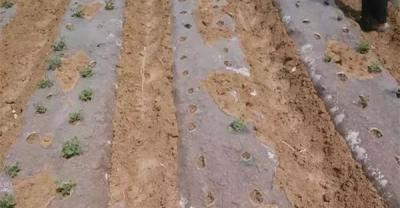
Balcony planting method of potted Chinese cabbage
"all the meat is still pork, and all kinds of vegetables are not as good as cabbages." in life, the most nourishing things are often the most common, nearest and gentle things. Except for cabbage.
- Next
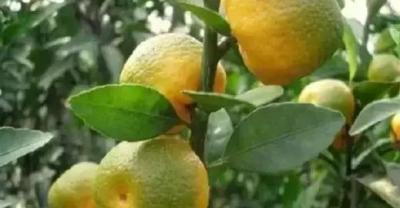
Let's take a look at the whole process of strawberry planting.
Select the seedlings, select the seedlings with thick stalks, strong leaves and thick green roots, and bring soil when starting the seedlings, which is beneficial to slow the seedlings. The ridge is about eighty centimeters wide and three deep.
Related
- Fuxing push coffee new agricultural production and marketing class: lack of small-scale processing plants
- Jujube rice field leisure farm deep ploughing Yilan for five years to create a space for organic food and play
- Nongyu Farm-A trial of organic papaya for brave women with advanced technology
- Four points for attention in the prevention and control of diseases and insect pests of edible fungi
- How to add nutrient solution to Edible Fungi
- Is there any good way to control edible fungus mites?
- Open Inoculation Technology of Edible Fungi
- Is there any clever way to use fertilizer for edible fungus in winter?
- What agents are used to kill the pathogens of edible fungi in the mushroom shed?
- Rapid drying of Edible Fungi

